The Quadiriki Caves, also called Guadirikiri Caves

The Quadiriki Caves, also called Guadirikiri Caves, are located in the Arikok National Park in Aruba, featuring Amerindian cave paintings. The largest cave, about 150 m long, has two naturally lit chambers and a third that is damp and dark. Stalactites and stalagmites adorn the limestone cave. A smaller cave to the east stands out for its cave paintings. According to local legend, the caves are linked to a mythical story of tragic love between the daughter of an Indian chief and her lover, both with fateful destinies inside the caves, ascending to the heavens through openings in the ceiling.
The Alto Vista Chapel, in the remote northeast of Aruba
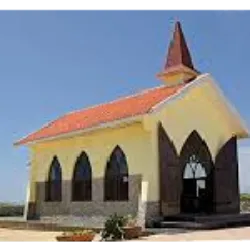
The Alto Vista Chapel, in the remote northeast of Aruba, is an important spiritual site for local Catholics. Originally built in 1750, the current chapel was rebuilt in the 1950s. Along the way to the chapel, you can see white crosses representing the Way of the Cross. With a modest facade and simple interior, visitors can enjoy coastal views and attend papiamento masses on Tuesday nights. Nearby divi-divi trees serve as "natural compasses". Entrance is free, and discreet clothing and respect for the place of worship are recommended.
Test yourself with one of these challenges 👇
Discover some interesting facts about Aruba Tourism
The Aruba Ariba, a famous cocktail on the island
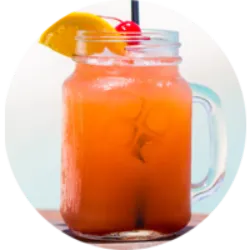
The Aruba Ariba, a famous cocktail on the island, was created at the Bali Bar in the 1960s and is a mix of vodka, rum, coecoei, banana cream, orange, cranberry and pineapple juices, with a touch of Grand Marnier. The best place to enjoy this drink is at the Hilton Aruba Caribbean Resort & Casino, where it was invented. With a vibrant red-orange hue, the cocktail is fruity and smooth, even with the presence of vodka and rum.
Ayaca is available in supermarkets on the island for a few weeks a year
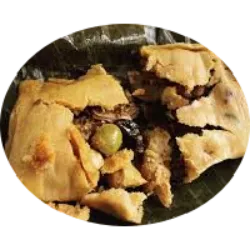
Ayaca is available in supermarkets on the island for a few weeks a year. Made at the end of the year, these festive delights involve cooked chicken, plums, pickled onions, ham, cashews and olives in funchi (cornmeal dough). Each chef adds their own unique touch. Wrapped in banana leaves, ayacas are frozen and can be boiled for 15-20 minutes before enjoying.
Aruba residents satisfy their persistent sweet tooth with
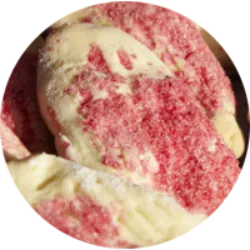
Aruba residents satisfy their persistent sweet tooth with a variety of homemade confections, known as cos dushi. Cocada, a fudge-like sweet made with sugar and coconut, is a popular treat, along with two other sweets, tentalaria and panseicu, both made with sugar and nuts. Two favorite cookies include the koeki lerchi, a simple crunchy sugar cookie, and the mancaron, a coconut cookie with a cake texture. Other sweet treats include quesillo, Aruban's version of caramel flan, and tamarind balls, small spheres of tamarind pulp encased in granulated sugar for a perfect balance of sweet and tart.
Keshi yena is a main dish from Aruba and Curaçao
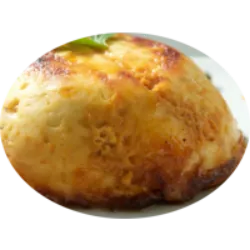
Keshi yena is a main dish from Aruba and Curaçao, consisting of a cheese ball stuffed with seasoned meat, usually chicken, steamed or roasted. Its origins date back to slaves from the Dutch Empire, who stuffed Gouda or Edam cheese with leftover meat. Modern recipes include olives, raisins and chicken in the filling, and preparation can vary between ramekins and traditional methods of baking in tins or wrapping in banana leaves.
Pan bati is a typical Aruba bread
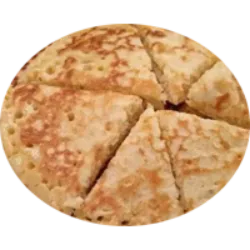
Pan bati is a typical Aruba bread, known as "kneaded bread" for its extreme flatness. Made with sorghum flour, wheat flour and milk, it is consumed as bread or transformed into pancakes with sugar or other fillings. Its creation is the result of the influence of several cultures, including Spanish conquerors and native Indians, highlighting the marked influence of Creole culture.
HOME


